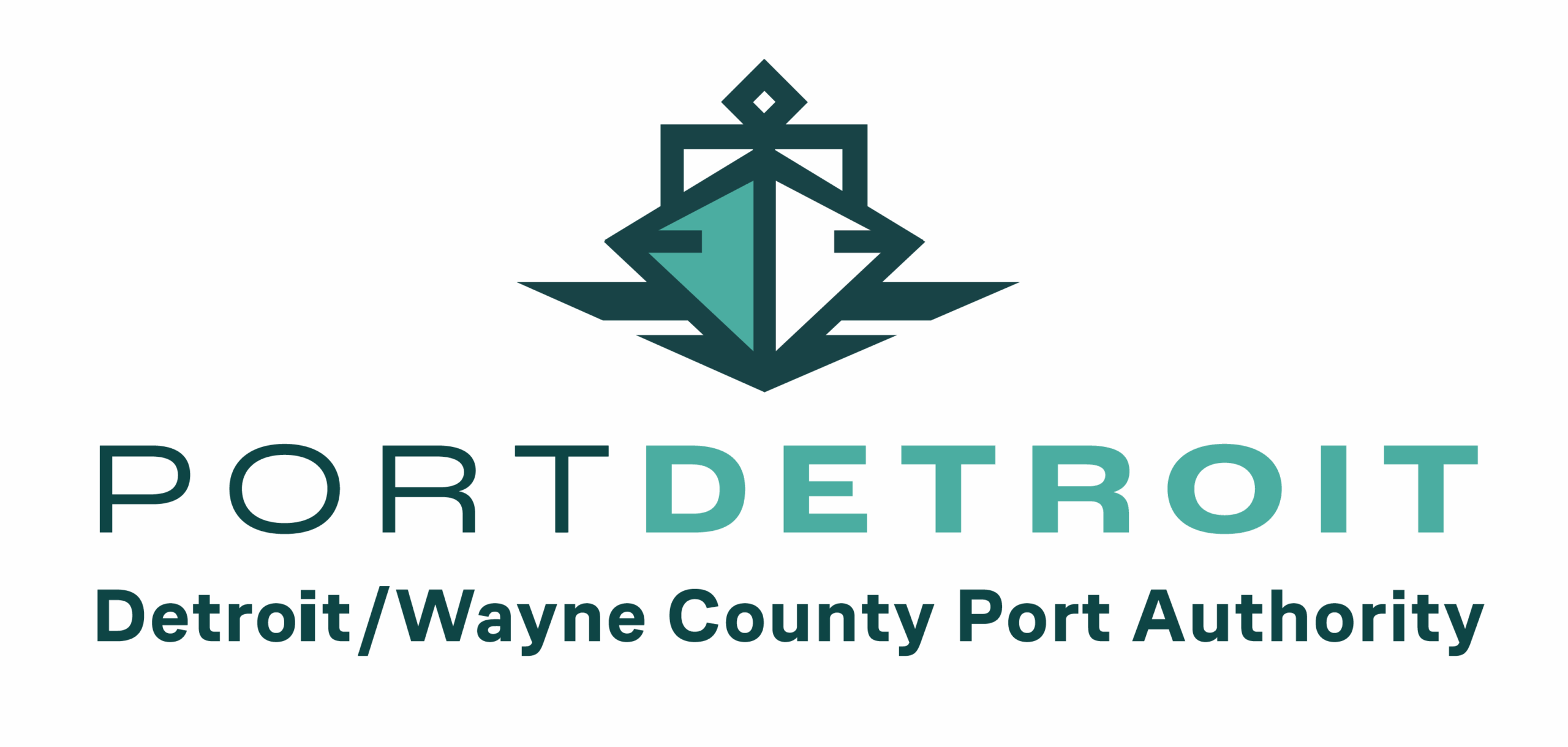Know the Ropes
Port of Detroit FAQs
Click to reveal the answer below each question
The Port of Detroit is Michigan’s largest inland port, located on the west side of the Detroit River. It handles general, liquid, and bulk cargo, including steel, ore, stone, coal, and cement.
Key commodities include steel (most valuable by dollar value), iron ore (highest by tonnage), stone, coal, and cement
The port includes multiple marine terminals across Detroit, River Rouge, and Ecorse. General cargo operations are managed by Nicholson Terminal & Dock Company. Additionally, the $22 million Carl M. Levin Public Dock & Terminal services cruise ships and passengers.
Operational funding comes from the City of Detroit, Wayne County, and the State of Michigan, supplemented by port-generated revenues
The board consists of five members: two appointed by Detroit, two by Wayne County, and one by the Governor. Day-to-day operations are directed by an appointed executive director.
Mark Schrupp serves as the Executive Director of the Detroit/Wayne County Port Authority.
The port has a decarbonization plan aiming for net‑zero emissions by 2040, including transitioning to biodiesel-powered vessels and electric port equipment. It collaborates with community groups and has sought EPA grants for green upgrades.

